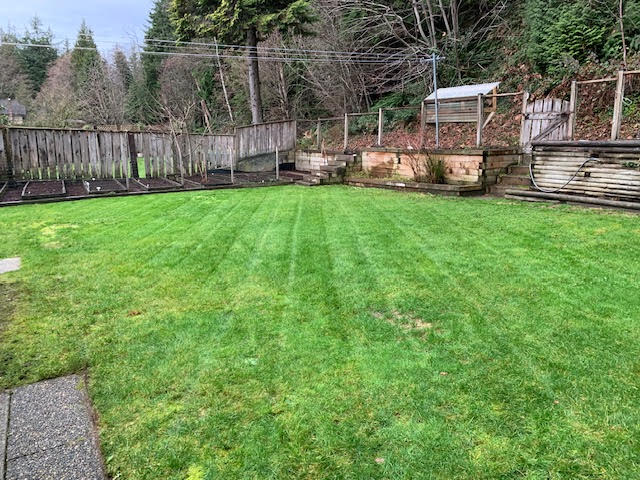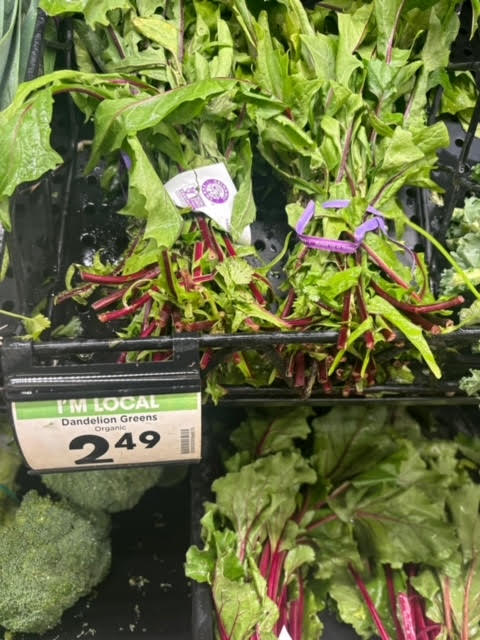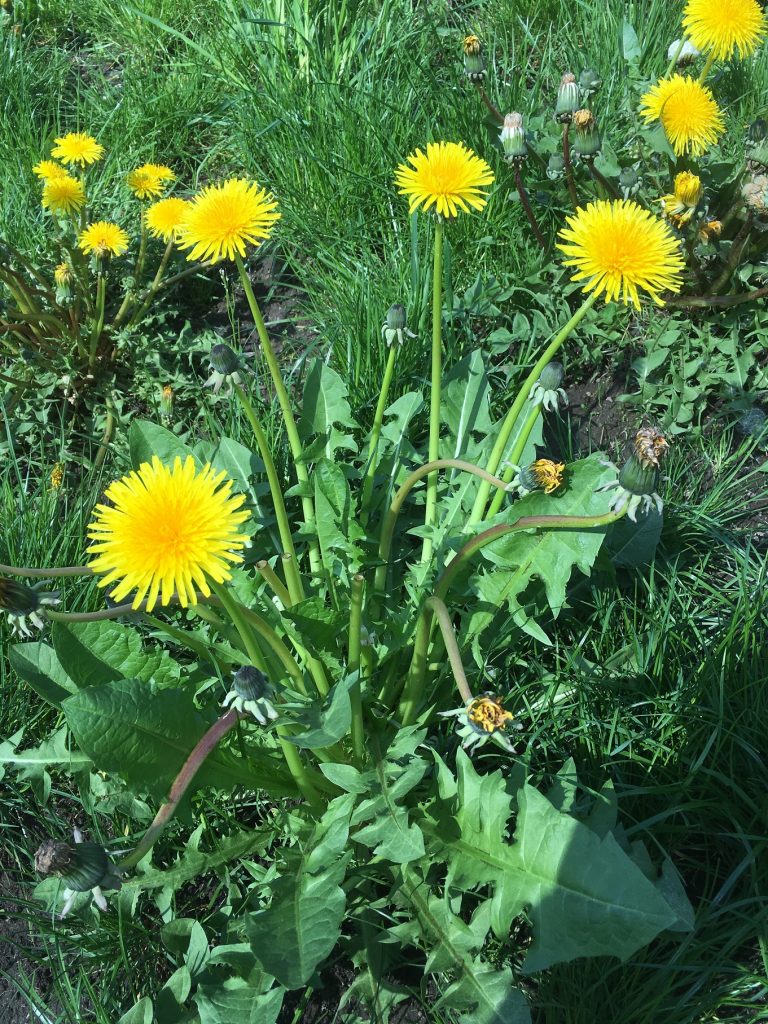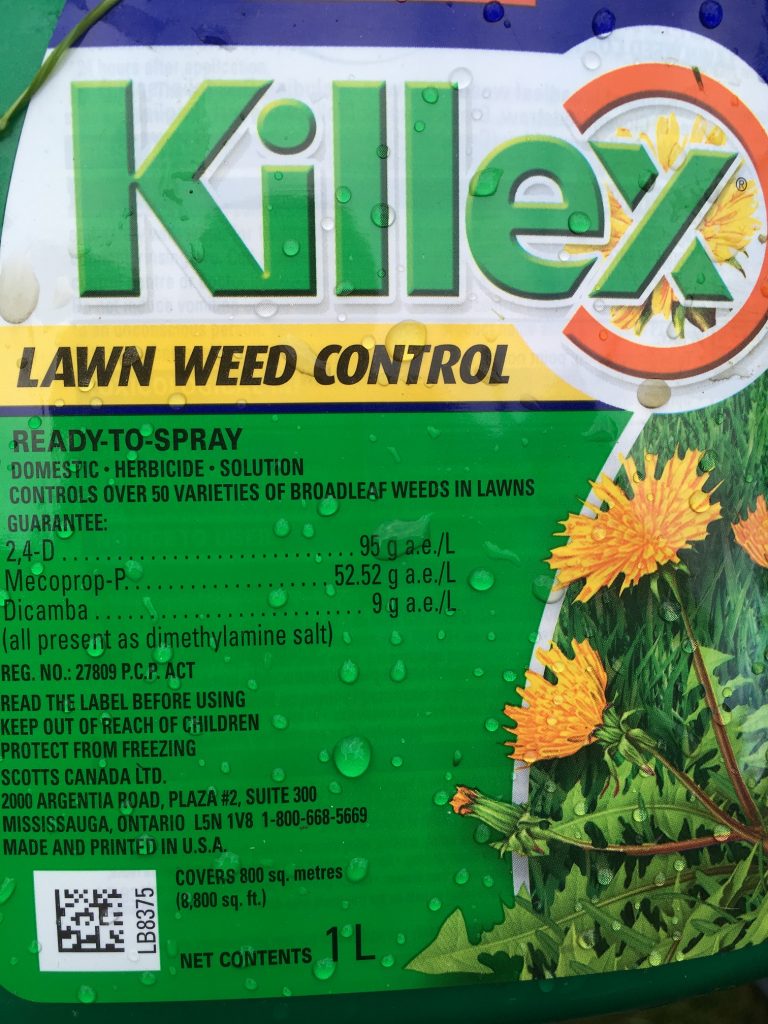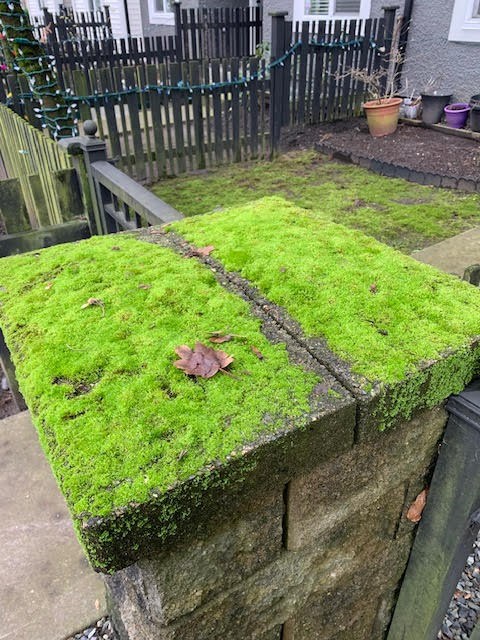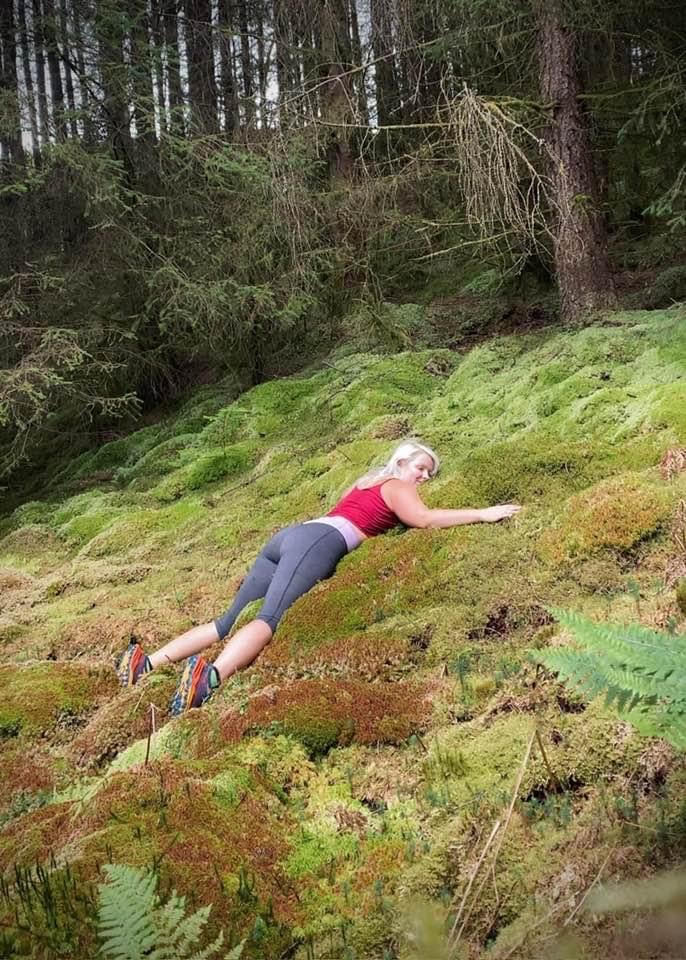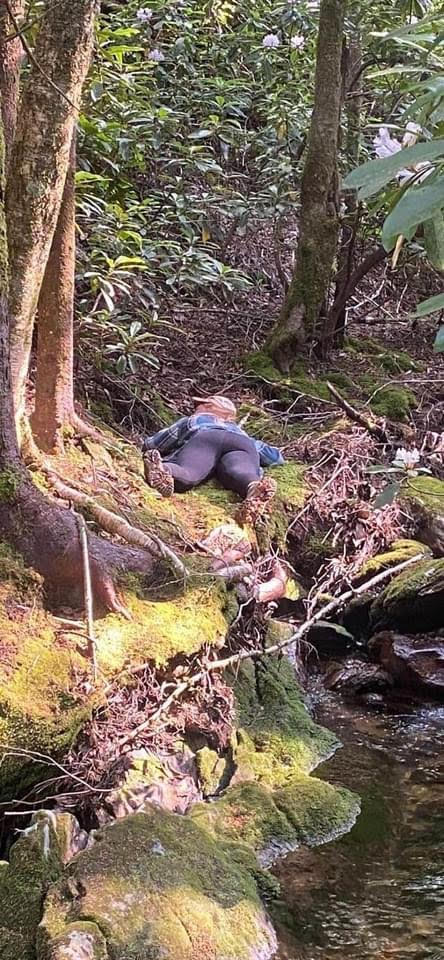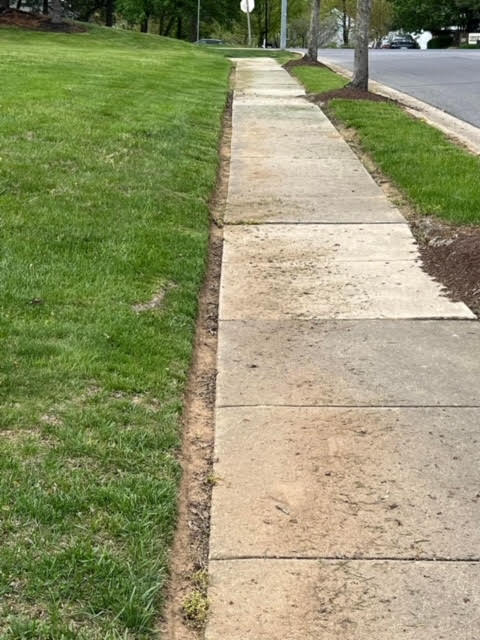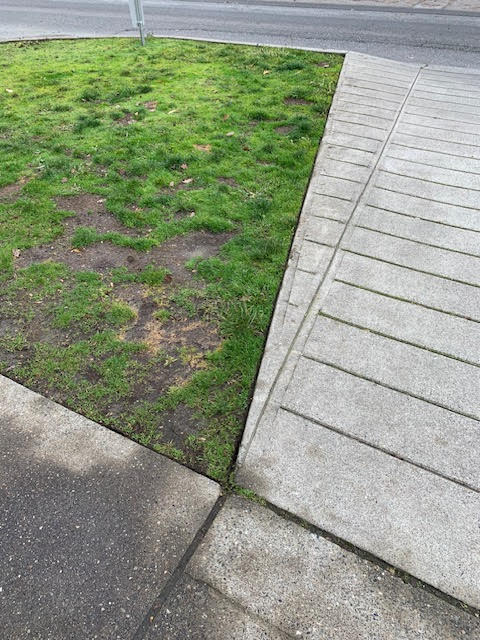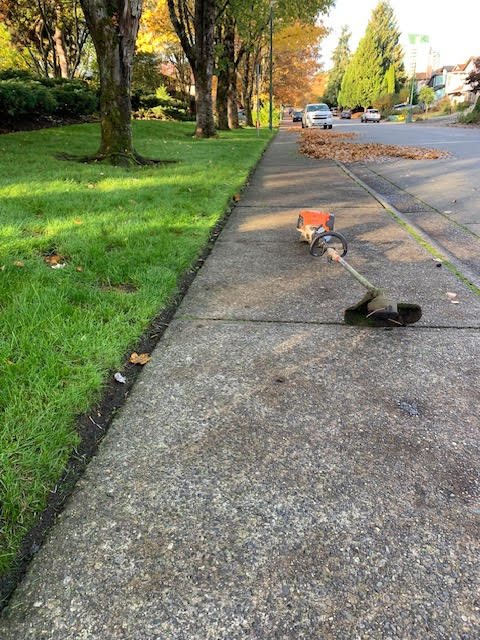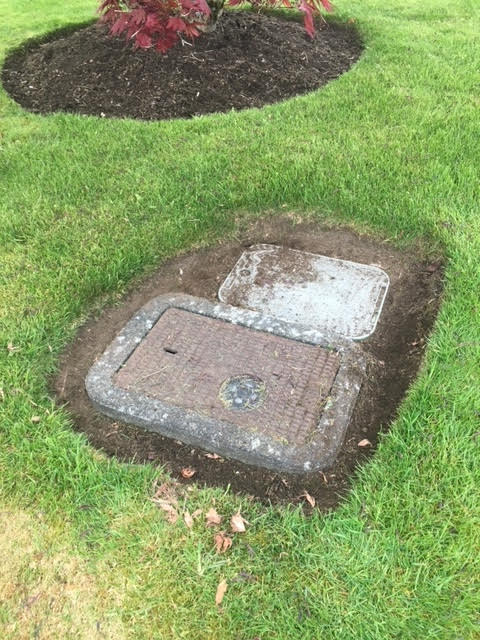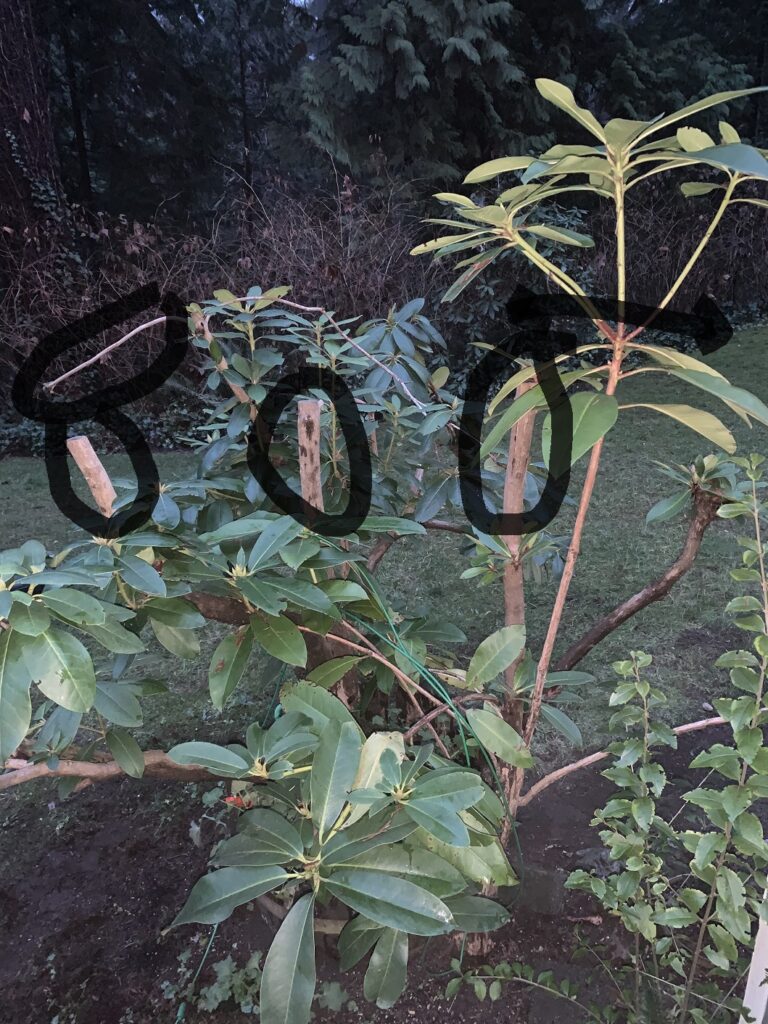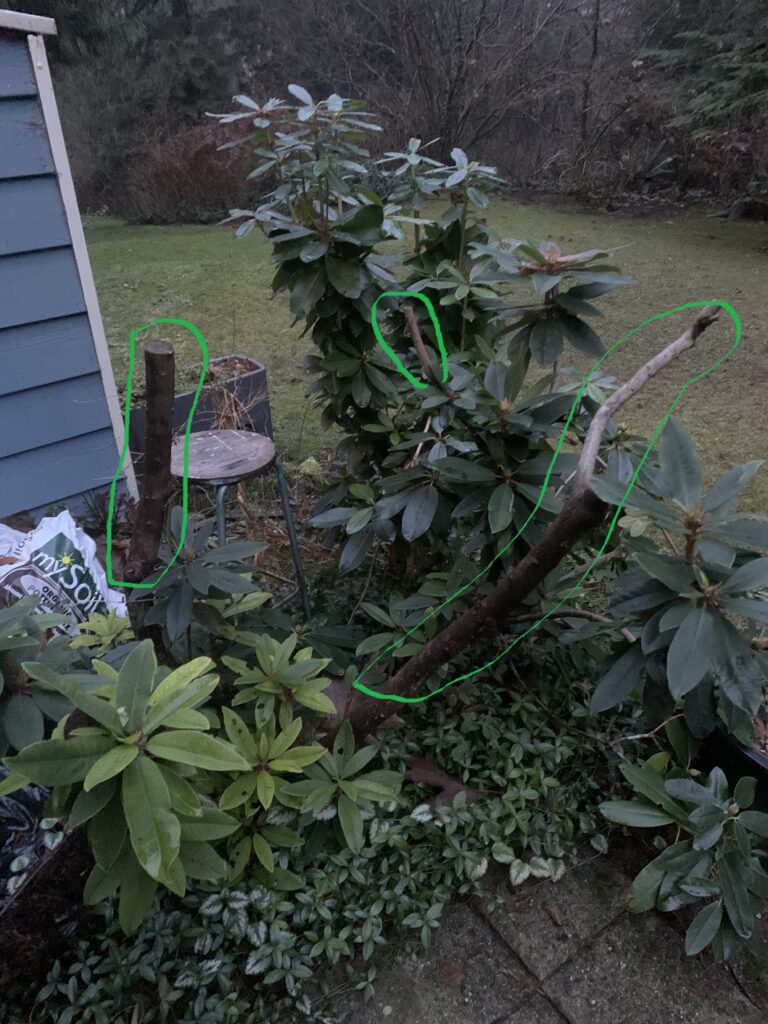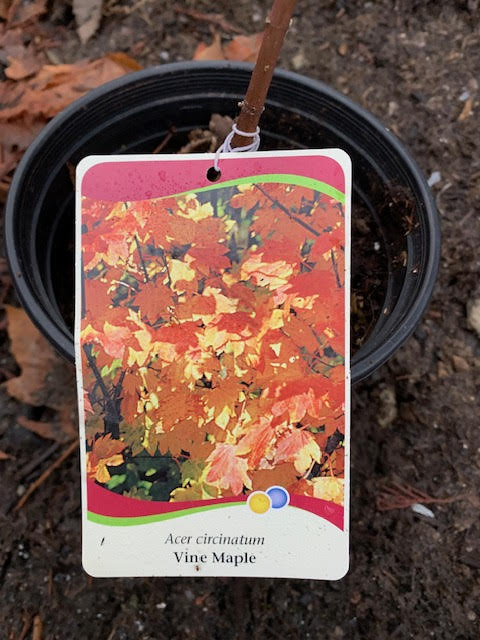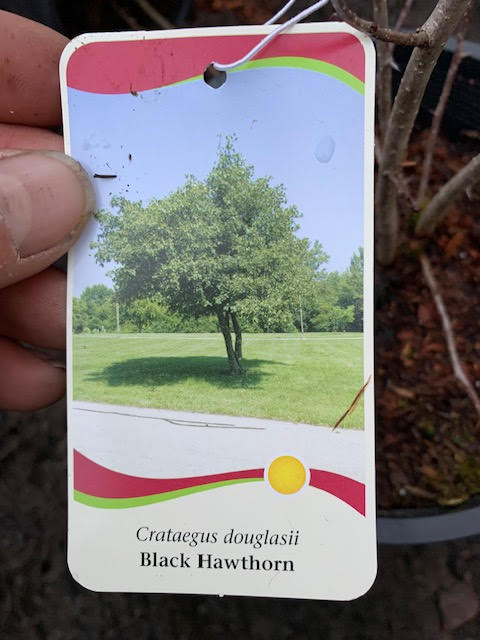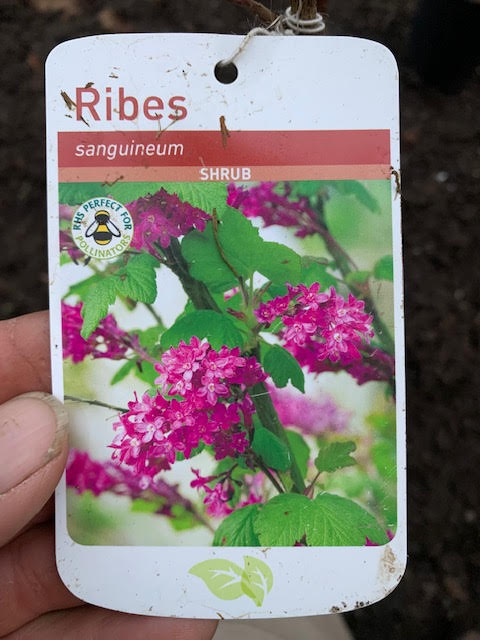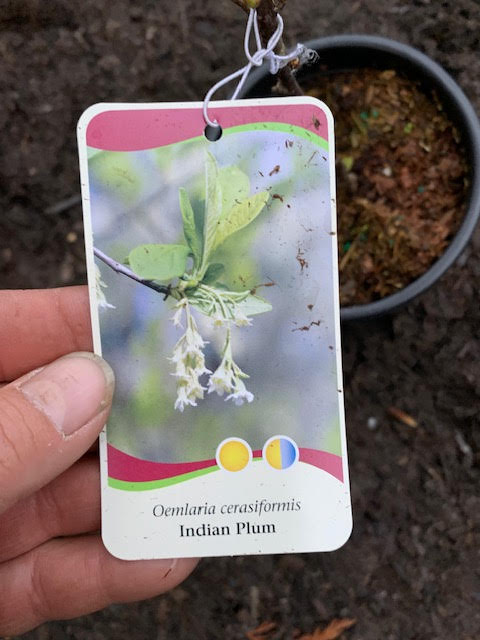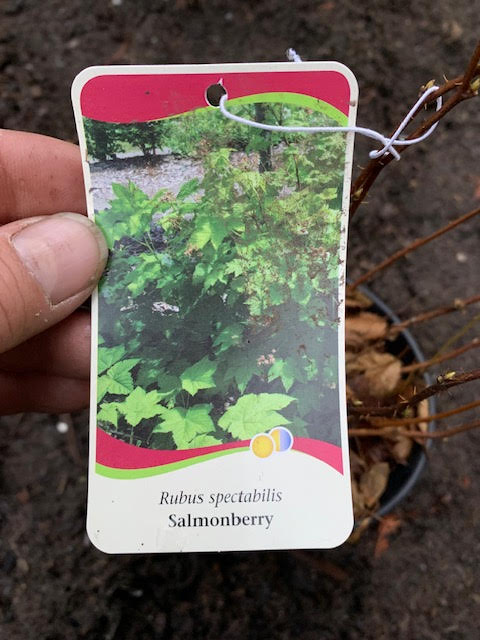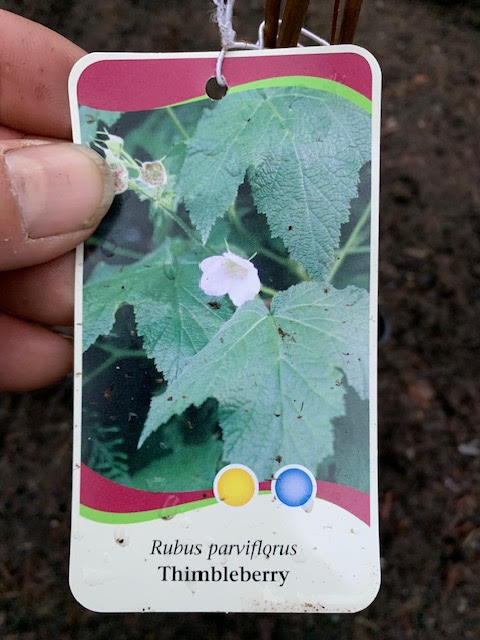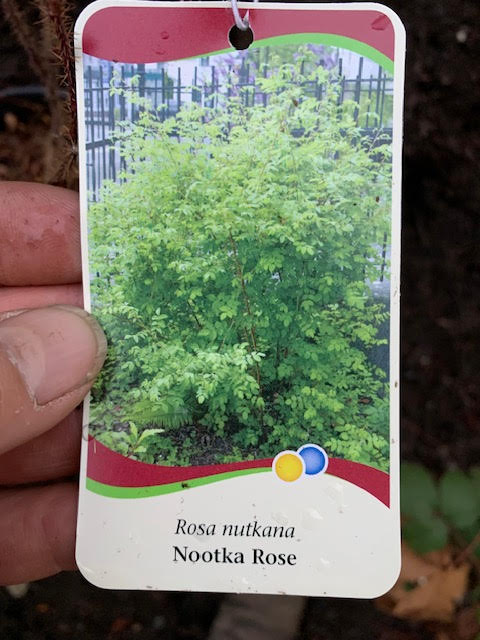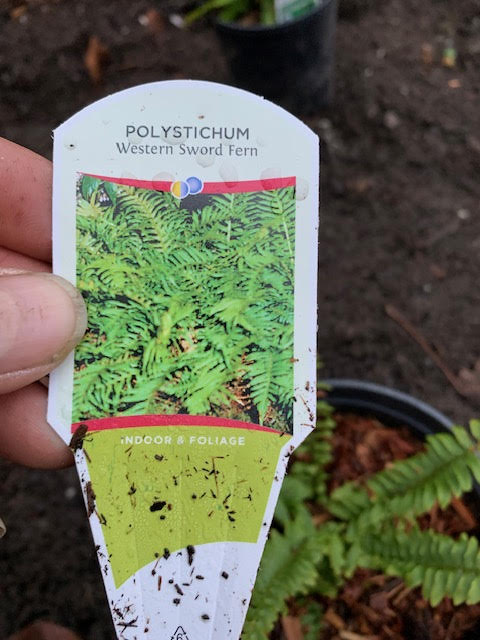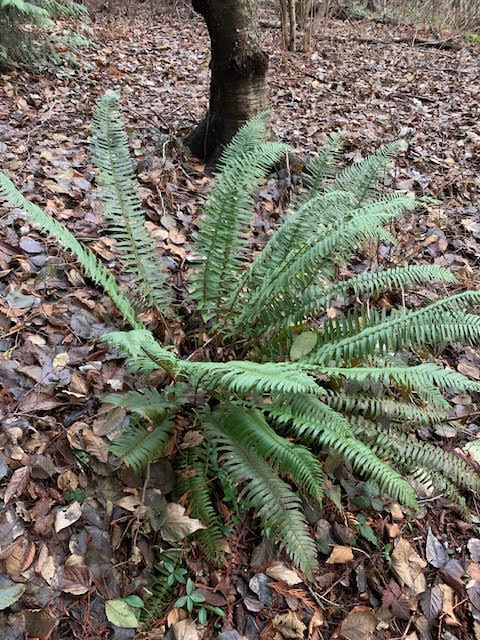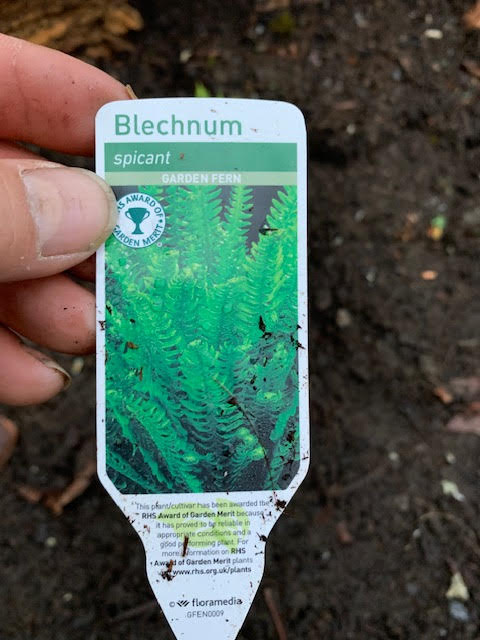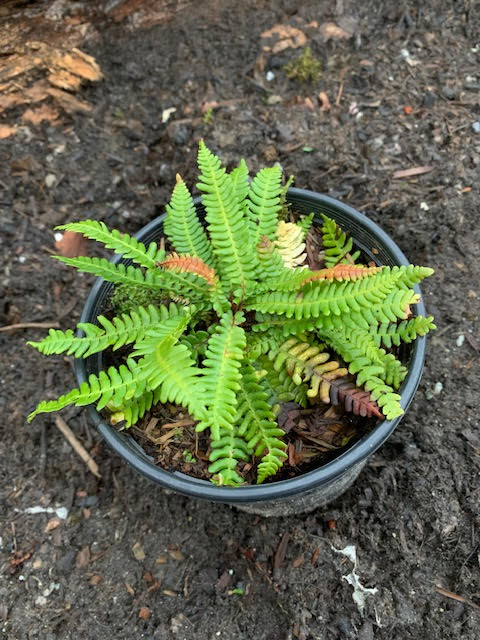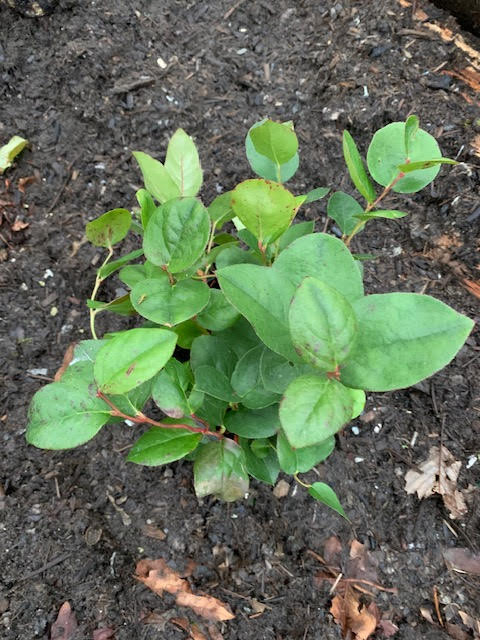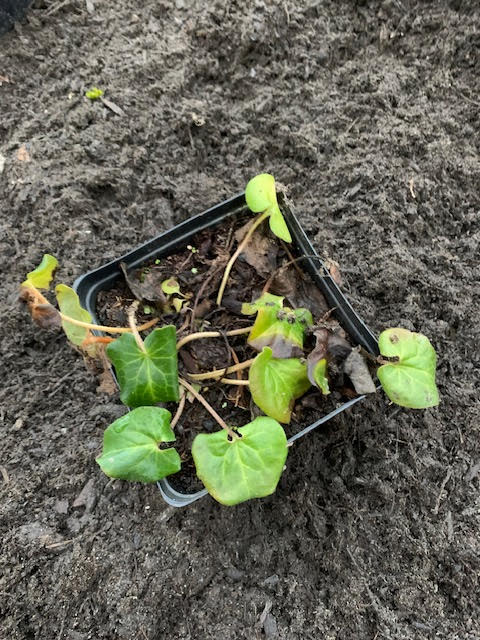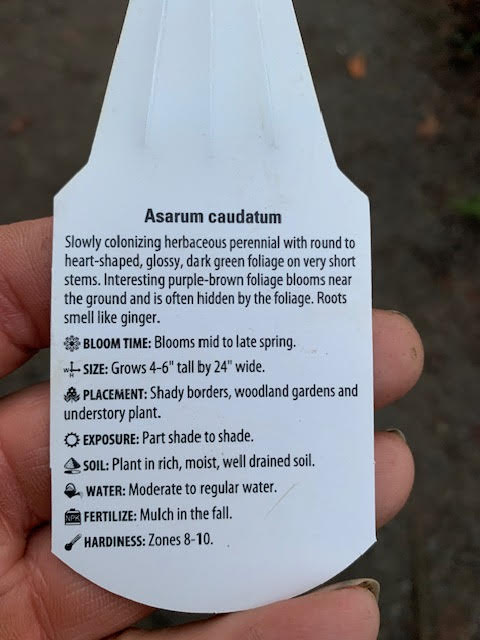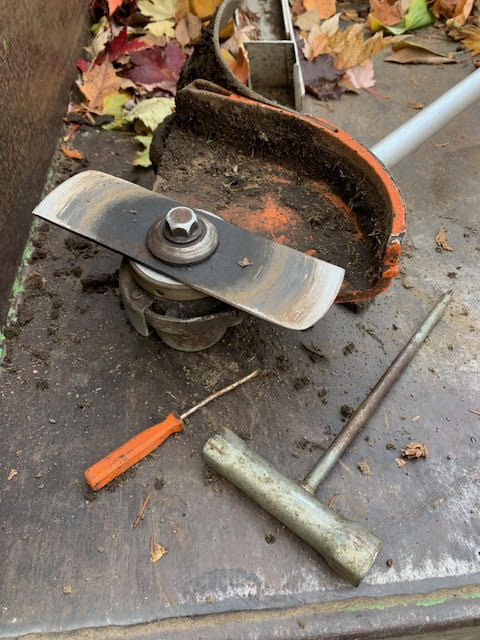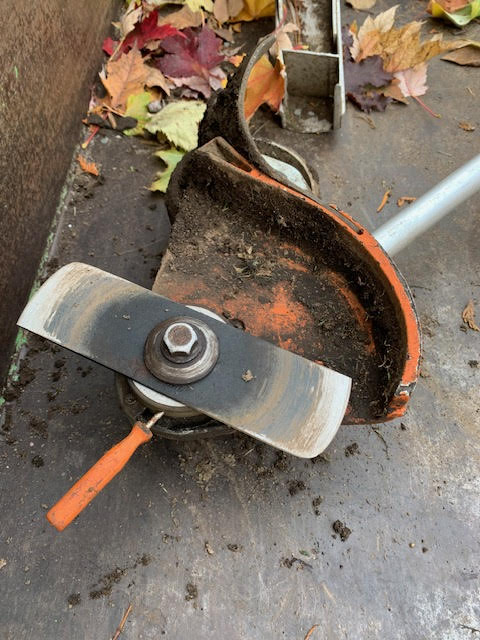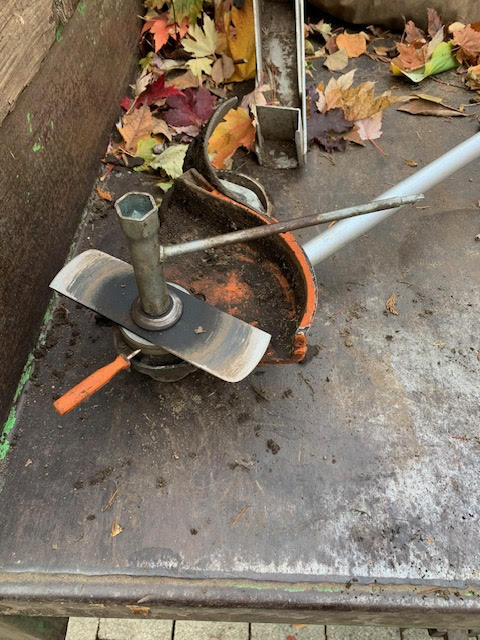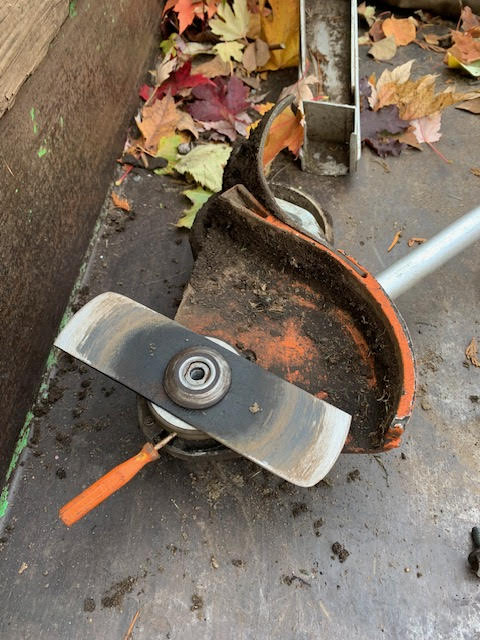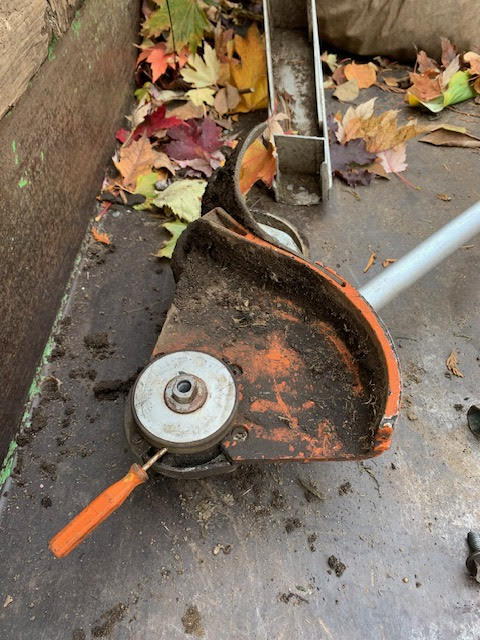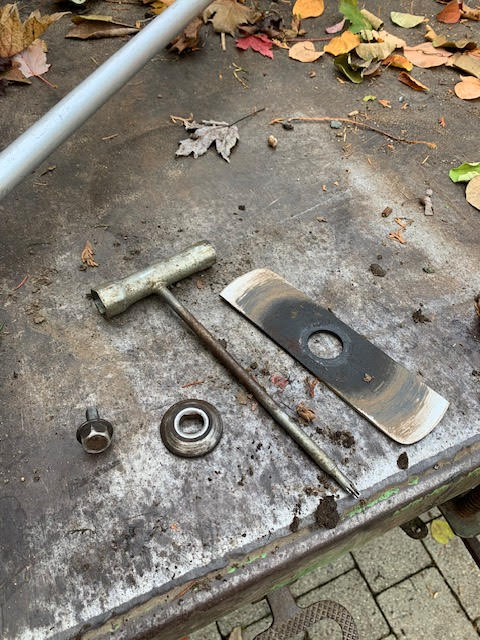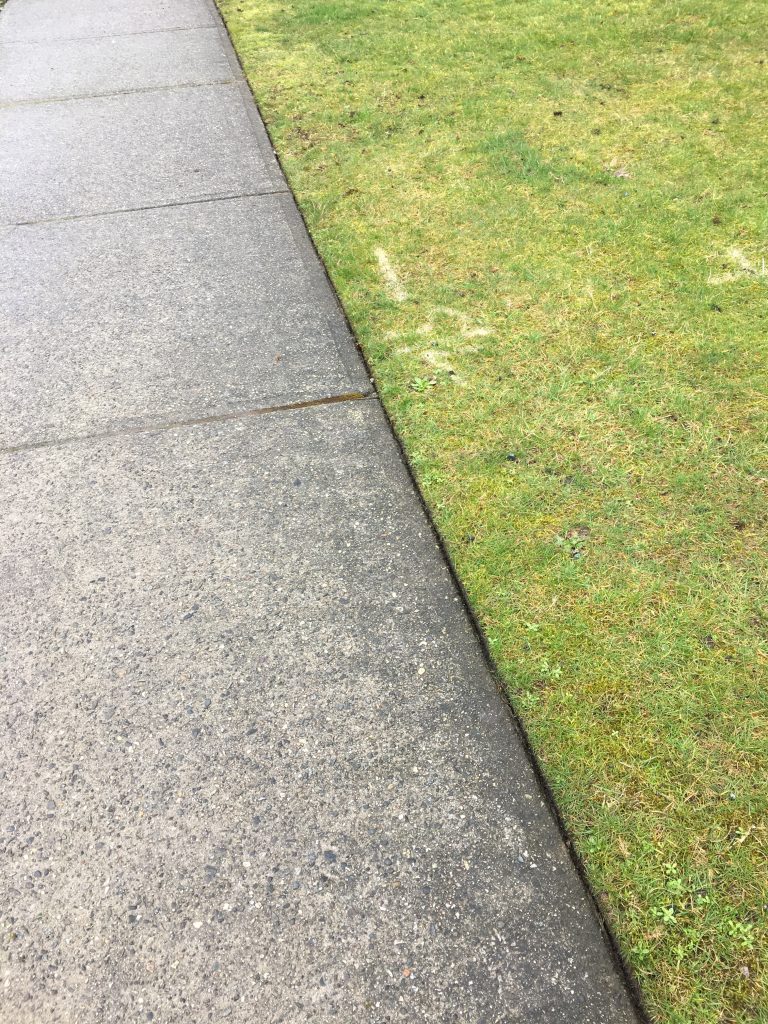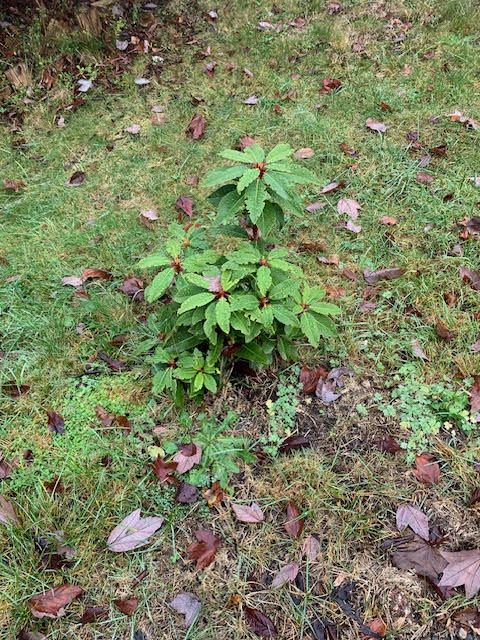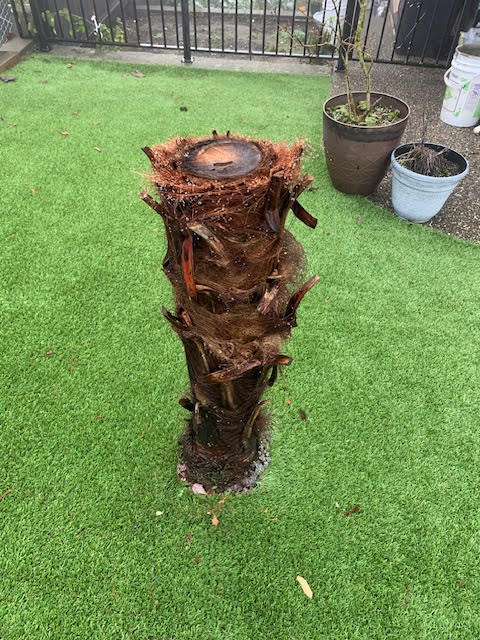Lawn care dudes are cute

I poached this picture from a Facebook group because the question that came with it was instructive. The lawn care professional had one question:
“What do we about the grass growing in the planted bed?”
Right away I can tell the dude is a lawn care professional, not a landscaper. He guns down miles of green lawns during the season. But occasionally he gets asked to prune something or to take care of weeds in planted beds.
Easy answer for gardeners
The late famous English gardener Christopher Lloyd wrote that he would weed on all fours with a trowel in his hand. And stop crying, weeding isn’t as bad as some people make it out to be. So that’s what a famous English gardener would do. And I humbly follow in his footsteps, except I use a double-sided tomahawk hand tool to weed. It doesn’t matter really, as long as use a tool.
Lawn care pros panic
The Facebook group answers weren’t really helpful. Many of them mentioned Round Up which is nasty, infamous weed killer. I never recommend applying chemicals in planted beds. That would be awful. Why not grab a tool and hand weed the area. From the picture it doesn’t look that bad.
Once you weed it, you can keep it clean by regular cultivation. Or, better still, plant something in the open space. You can beautify the spot with plants and those plants will happily compete with weeds and grass for resources.
Poisoning the bed with chemicals will make this bed inhospitable for plants; and I guarantee you that eventually weeds will drift in with the wind, birds or animals.
No short-cuts
There are no short-cuts in gardening. You can expect weeds and grass to invade your beds. So why not grab a hand tool, get on your knees and take care of it?
By the way, Lloyd has lots to say about people who prefer to weed standing, plucking weeds out without tools. Using his proper English, he politely questions their standards. You can imagine what I would say if this wasn’t a family blog.
Never reach for chemicals which poison the soil and the life within it. I also firmly believe that those same chemicals are bad for the applicator.



